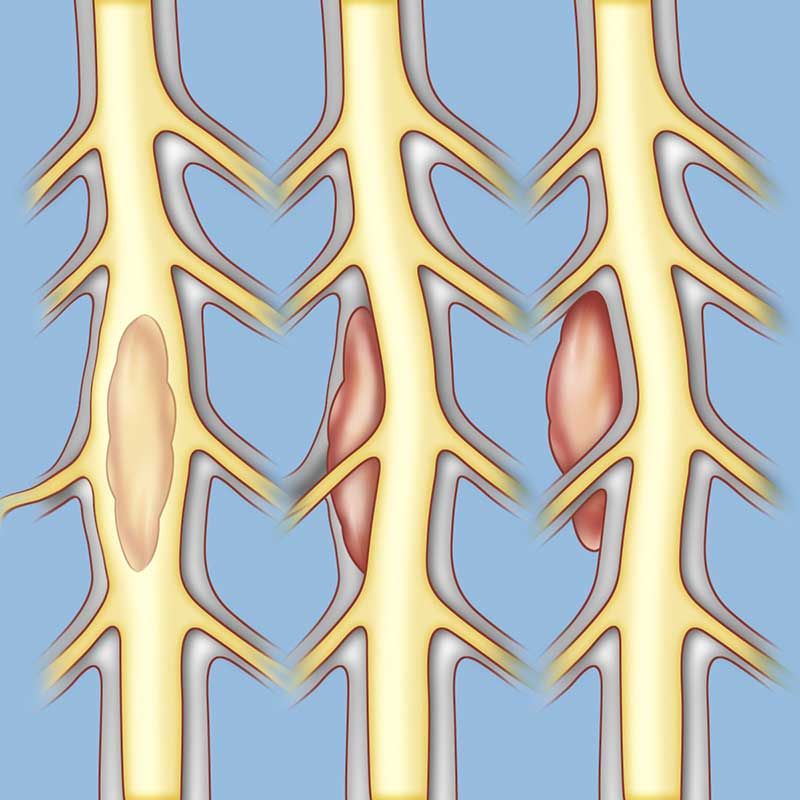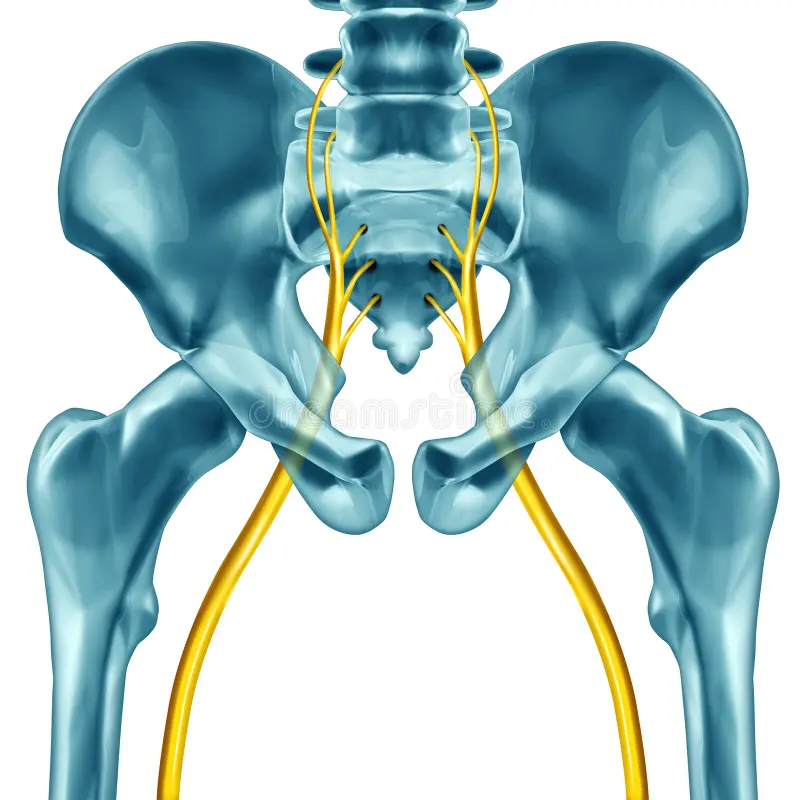Overview
Intradural spinal tumors are abnormal growths located inside the dura mater, the protective membrane covering the spinal cord. These tumors can be classified into two main categories: intramedullary, which are found within the spinal cord itself, and extramedullary, which grow outside the spinal cord but still within the dura. Depending on their location and nature, these tumors can cause significant symptoms and impact daily life, making prompt diagnosis and treatment crucial.









